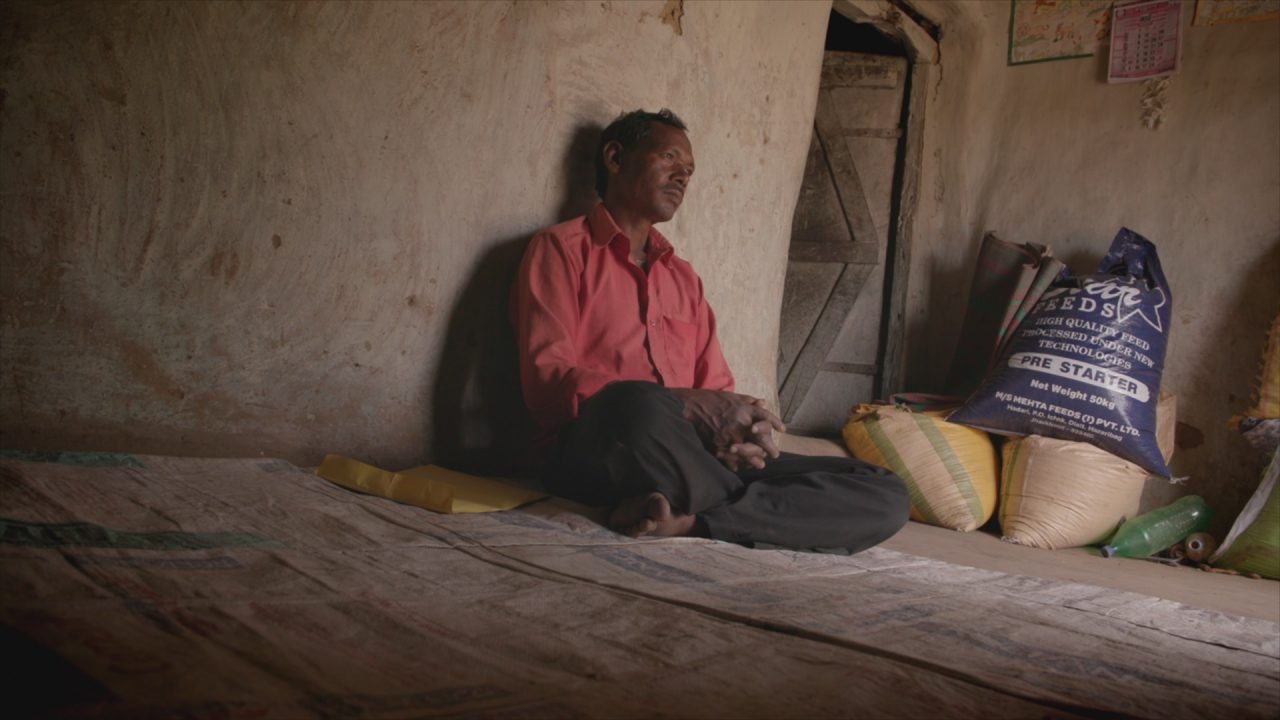Propaganda cinema at the NFB
Canada Carries On!
Just six months after its creation, the National Film Board was faced with a major challenge. With the start of the Second World War, production would have to be altered. Not only would the NFB’s mandate be to show Canada to Canadians and the rest of the world but it would now also serve as an important cog in the war information machine.
Propaganda was News
To understand the context in which propaganda films were made, we must look back to what communications were like back then. In 1940 there was no television or Internet. People got their news from newspapers, radio and newsreels at their local cinema. Newsreels were usually 10-20 minutes long and shown just before the feature film. It was the only way people could see images of what was going on in the world.
Time Inc.’s American March of Time series produced out of New York was one of the best known in the world. They would issue one film a month to be shown throughout North America and in the English-speaking world. With an obvious American slant, these films were very popular but did not address Canadian issues or concerns, especially about the new war in Europe.
NFB film commissioner, John Grierson, working with the Wartime Information Board, decided that a new theatrical series would be created to provide Canadians with a uniquely Canadian view of the war as well as to inspire and encourage Canadians to be part of the war effort – a not too subtle attempt at fostering national unity.
Canadian Wartime Propaganda
This was the Canada Carries On series.
The series was designed to show Canada’s achievements in a wide variety of fields, including those in the war at home and on the fighting fronts. The series was produced at the rate of one issue a month, starting with Atlantic Patrol, released in April 1940.
Atlantic Patrol , Stuart Legg, provided by the National Film Board of Canada
While it was originally planned as a series for the duration of the war, it was decided to keep producing it afterwards with the focus on Canada at peace, describing Canadian contributions in science and welfare; industry and crafts; and music and art. A total of 199 issues were produced before the series was canceled in 1959.
During wartime the series was produced in co-operation with the Public Information Division of the Department of National War Services (later to become the Wartime Information Board). Footage was obtained from a variety of sources: film libraries in the USA, Allied Forces cameramen and the enemy. Captured footage from the latter was obtained when Allied ships intercepted enemy ships and confiscated propaganda films produced by the Nazis.
The series was produced in 35 mm specifically for the theatrical market. Each issue would be shown in around 800 theatres throughout Canada over six months. Distribution was handled by Columbia Pictures of Canada. The NFB had made a deal with Famous Players Cinemas of Canada to ensure that Canadians from coast to coast had access to these films.
After the six months were up and the theatrical tour was finished, the films were made available on 16 mm for showing in schools, libraries, church basements and factories. This non-theatrical distribution extended the life of these films for another year or two. The films would also be made available to various film libraries, throughout nine provinces, operated by University and provincial authorities.
Propaganda around the World
The series was produced in French too, under the title En avant Canada, and distributed in Quebec and New Brunswick by France Film Distribution in 60 theatres. In French, 8 to 12 issues were produced each year – some were versions of the English titles, others original material. This series was canceled in 1959 after 173 issues.
Internationally some of the films were also distributed in Australia, the UK and USA (by Telenews), in India (by Fox) and the West Indies(by Inter-continental). These were usually the titles that dealt more with international than Canadian issues. Among these was Warclouds in the Pacific, released just one week before the Japanese bombing at Pearl Harbour. The film eerily warned of an imminent Japanese attack. It was not long before every American wanted to see this film to better understand the menace from the Far East.
Warclouds in the Pacific, Stuart Legg, provided by the National Film Board of Canada
The First Oscar for Documentary Film
One of the most famous films from this series was Churchill’s Island, released in Canada in June 1941. It was later released in the USA and won Canada’s (and the NFB’s) first Oscar© for Best Documentary Short Subject. (Warclouds in the Pacific was also nominated in the same category that year).
Zero Hour was released two days after the D-Day landings. It used footage of the D-Day preparations and a dozen different endings covering every possible invasion point from Norway to the Mediterranean.
Zero Hour, , provided by the National Film Board of Canada
The final World War II issue was Headline Hunters (released at the end of June 1945), an account of the various journalists and broadcasters reporting on the war from Europe and the Pacific. Seventy years on, it still offers a compelling look at these brave people. I include this film for you to see. Please note that although it was released at the end of June 1945, it refers to the Allied victory over Japan in August of that year. This is because the film was edited after its commercial run to include the information on the Pacific victory for its non-theatrical run.
Headline Hunters , , provided by the National Film Board of Canada
Enjoy the films.
-
Pingback: Keep Your Mouth Shut: McLaren’s 1944 “Stop Snitching” Film | NFB.ca blog
-
Pingback: Churchill’s Island: The National Film Board’s First Oscar Winner | NFB.ca blog



